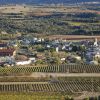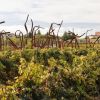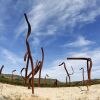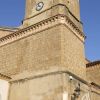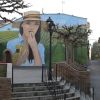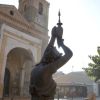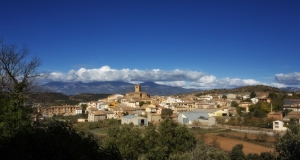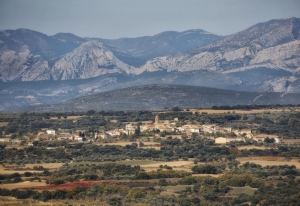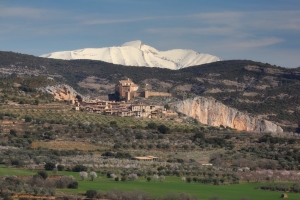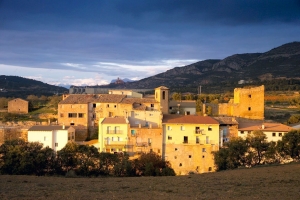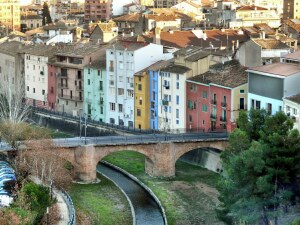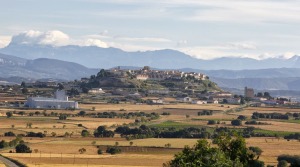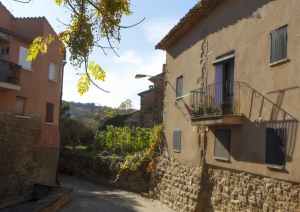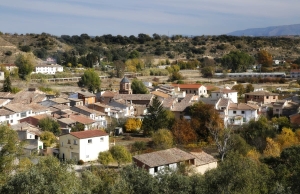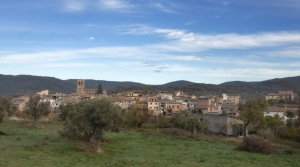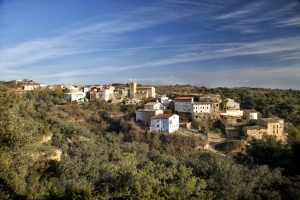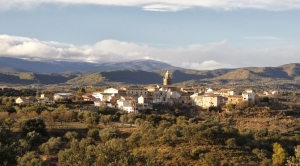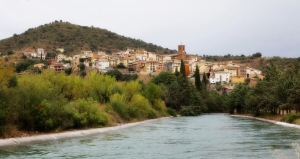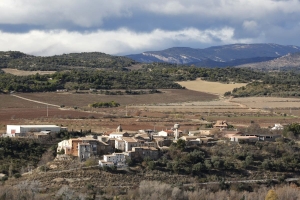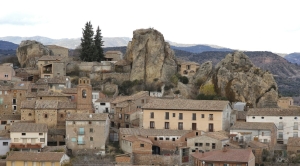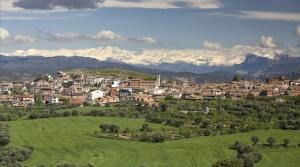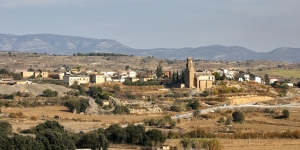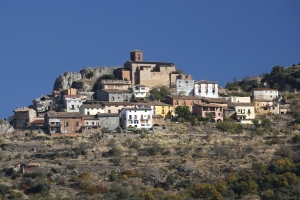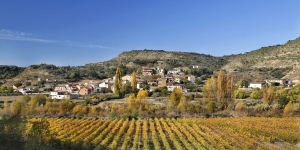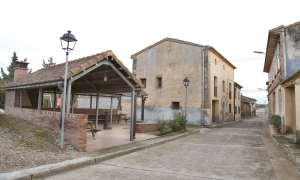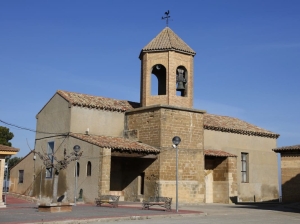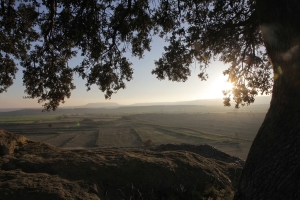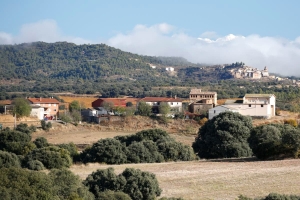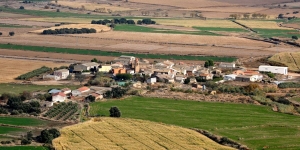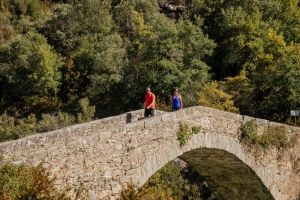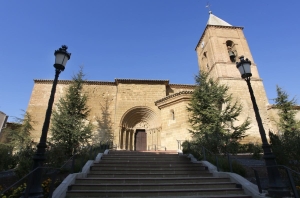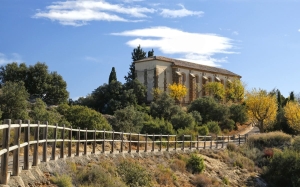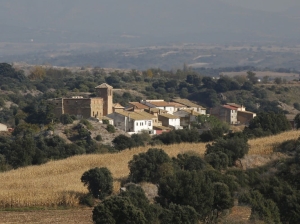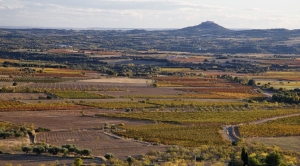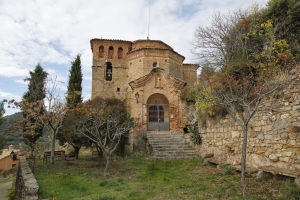The streets and outskirts of Salas Bajas display many signs of the relationship between man and the land as his footsteps have been left from prehistoric times to the present day.
Over the centuries the village has been known by a number of names; Salas, Salis Inferioribus, Salis de Susso and Salas Baxas before being assigned the current name of Salas Bajas.
The oldest part of the village is clustered around the main street known as Calle Mayor, which boasts many attractive houses built between the 16th and 18th centuries. Some have impressive brick entrances and a well-lived in air, others are ancestral homes that proudly reveal heraldic coats of arms telling of the nobility of their inhabitants. At the top of the some facades there are vaulted niches that contain the statue of the house’s patron saint, watching over it and protecting all within.
The focal point of the centre of the village is the church of San Vicente Mártir. In the outskirts of town there is a fountain and washing area that stand together. They were built in 1973 (?) to cover various needs; the central piece is the fountain used for drinking water with a trough to collect precious liquid that spilled from the spouts. To the side there is a rectangular washing area and a series of channels carried leftover water to irrigate the nearby vegetable gardens.
The path that leads from the village towards the fountain continues on to the chapel of the Virgen del Plano, winding its way through cultivated fields and vineyards.
Salas Bajas also has an olive oil mill where its owners and villagers would grind and press their olives. Although it dates back to the 18th century, it was modernised in 1939 with the electrification of the millstone and the introduction of a hydraulic press and mixer.
The well-known winery of Bodega Enate stands at the entrance to the village, synonymous with quality viticulture, modernity, functionality and contemporary art and design. The interior has been designed with geometric precision and reveals a plethora of straight lines and sharp edges with the only rounded forms belonging to the oak barrels. However, hidden beneath the voluminous building is a world of sensations and secret spaces defined by clever lighting and warm materials.
The serenity, harmony and intense light that surround the building flood into the interior spaces through huge windows, in a way that maintains a link with the outside throughout a visit.
The wineries link with contemporary art is not only obvious in the design of the building (designed by Jesús Manzanares) but also in the labels that dress the bottles. These mini works of art have been designed by illustrious artists such as Antonio Saura, Antoni Tàpies, José Beulas and Eduardo Chillida.
In the vineyard that lies directly opposite the winery there is a sculpture known as the Bosque de Hierro, or the Iron Forest. It contains 40 iron girders, 7 metres long and 180 kilos on weight, set out in such a way to resemble the trunk and branches of a tree as they sway in the breeze. The sculpture was designed by García Palan as part of the “Todo es Algo” exhibition in 2002 and was later purchased by Enate to be planted in their vineyards. In this setting it appears as a real iron forest in perfect harmony with the landscape.



